Authors
Chumakov I, Milet A, Cholet N, Primas G, Boucard A, Pereira Y, Graudens E, Mandel J, Laffaire J, Foucquier J, Glibert F, Bertrand V, Nave KA, Sereda MW, Vial E, Guedj M, Hajj R, Nabirotchkin S, Cohen D.
Lab
Pharnext, Issy-Les-Moulineaux, France.
Journal
Orphanet J Rare Dis.
Abstract
Charcot-Marie-Tooth disease type 1A (CMT1A) is the most common inherited sensory and motor peripheral neuropathy. It is caused by PMP22 overexpression which leads to defects of peripheral myelination, loss of long axons, and progressive impairment then disability. There is no treatment available despite observations that monotherapeutic interventions slow progression in rodent models. We thus hypothesized that a polytherapeutic approach using several drugs, previously approved for other diseases, could be beneficial by simultaneously targeting PMP22 and pathways important for myelination and axonal integrity. A combination of drugs for CMT1A polytherapy was chosen from a group of authorised drugs for unrelated diseases using a systems biology approach, followed by pharmacological safety considerations. Testing and proof of synergism of these drugs were performed in a co-culture model of DRG neurons and Schwann cells derived from a Pmp22 transgenic rat model of CMT1A. Their ability to lower Pmp22 mRNA in Schwann cells relative to house-keeping genes or to a second myelin transcript (Mpz) was assessed in a clonal cell line expressing these genes. Finally in vivo efficacy of the combination was tested in two models: CMT1A transgenic rats, and mice that recover from a nerve crush injury, a model to assess neuroprotection and regeneration. Combination of (RS)-baclofen, naltrexone hydrochloride and D-sorbitol, termed PXT3003, improved myelination in the Pmp22 transgenic co-culture cellular model, and moderately down-regulated Pmp22 mRNA expression in Schwannoma cells. In both in vitro systems, the combination of drugs was revealed to possess synergistic effects, which provided the rationale for in vivo clinical testing of rodent models. In Pmp22 transgenic CMT1A rats, PXT3003 down-regulated the Pmp22 to Mpz mRNA ratio, improved myelination of small fibres, increased nerve conduction and ameliorated the clinical phenotype. PXT3003 also improved axonal regeneration and remyelination in the murine nerve crush model. Based on these observations in preclinical models, a clinical trial of PTX3003 in CMT1A, a neglected orphan disease, is warranted. If the efficacy of PTX3003 is confirmed, rational polytherapy based on novel combinations of existing non-toxic drugs with pleiotropic effects may represent a promising approach for rapid drug development.
BIOSEB Instruments Used
Dynamic Weight Bearing 2.0 (BIO-DWB-DUAL)
Source :

 Douleur - Allodynie/Hyperalgésie Thermique
Douleur - Allodynie/Hyperalgésie Thermique Douleur - Spontanée - Déficit de Posture
Douleur - Spontanée - Déficit de Posture Douleur - Allodynie/Hyperalgésie Mécanique
Douleur - Allodynie/Hyperalgésie Mécanique Apprentissage/Mémoire - Attention - Addiction
Apprentissage/Mémoire - Attention - Addiction Physiologie & Recherche Respiratoire
Physiologie & Recherche Respiratoire





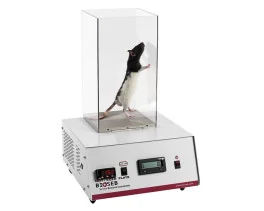









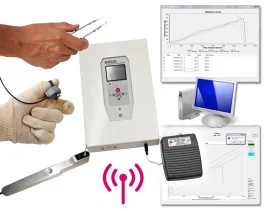
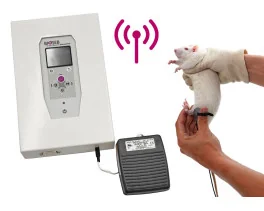












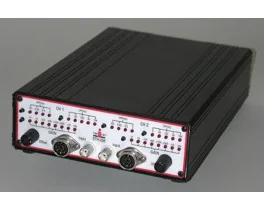
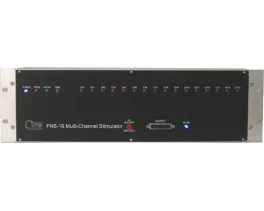

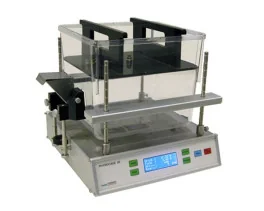

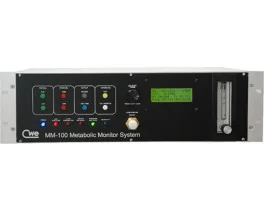

 Douleur
Douleur Système Nerveux Central (SNC)
Système Nerveux Central (SNC)  Neurodégénérescence
Neurodégénérescence Système sensoriel
Système sensoriel Système moteur
Système moteur Troubles de l'humeur
Troubles de l'humeur Autres pathologies
Autres pathologies Système musculaire
Système musculaire Articulations
Articulations Métabolisme
Métabolisme Thématiques transversales
Thématiques transversales Congrès & Meetings
Congrès & Meetings 
